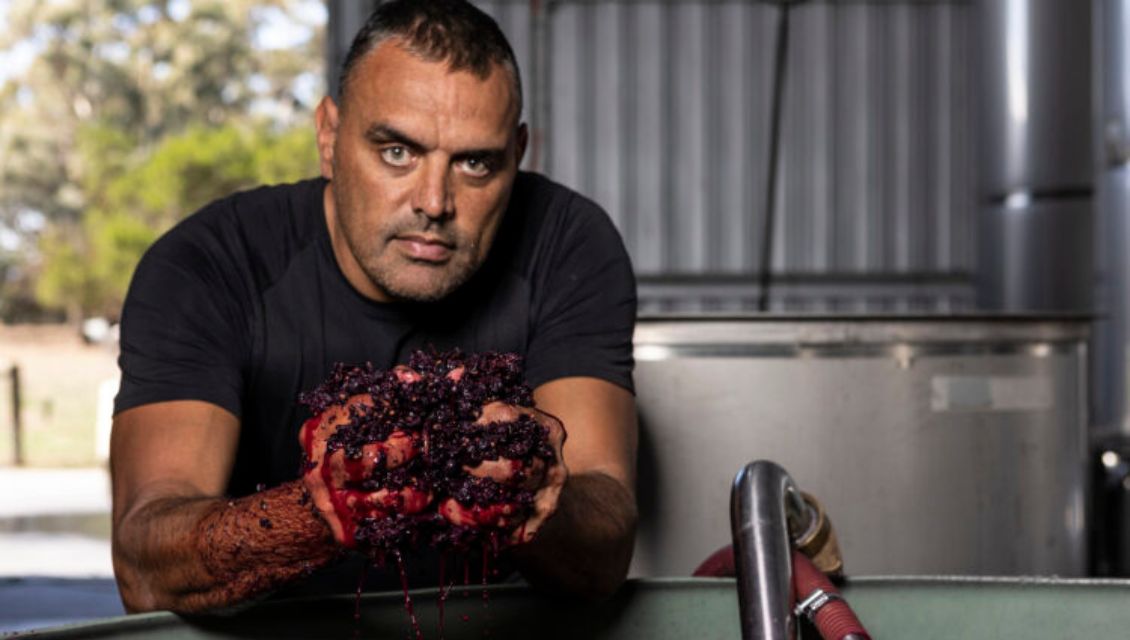
Artificial intelligence is at the forefront of everything from customer service to healthcare, and now it’s being used in the fight against weeds.
WeedScan, Australia’s first AI weed identification, notification and management app, has been launched to help farmers, land managers, local councils, Landcare and people across Australia better manage our national and local weed burdens.
The mobile and web-based app is supported by the Centre for Invasive Species Solutions, Australia’s national science agency in the CSIRO, the NSW Department of Primary Industries (DPI) and the South Australian, Queensland and Victorian governments. It allows users to identify, report and map priority weeds simply by uploading a photo of the suspected weed.
Centre CEO Andreas Glanznig said the app, which has been trained on more than 120,000 weed images, has the potential to make weeds identification, notification and management more efficient. A key feature is that the weeds identifiable by the app include many new and emerging priority weeds that may not be known to most people.
“Weeds management is notoriously difficult because weeds can be challenging to identify,” Mr Glanznig said.
“Correct identification is the key to effective weed management. Knowing what weeds are present in our environment and where they are located informs strategies to reduce the economic, environmental and social impacts of weeds.
“WeedScan provides graziers, farmers, bush regenerators, communities, natural resource management bodies and governments with a free, easy-to-use digital tool that enables priority weeds to be identified quickly while providing access to best practice management information.”
Weeds cost producers $4.9 billion each year and impact the Australian landscape by:
- reducing habitat for native species
- degrading natural environments
- creating havens for invasive species
- choking waterways and contributing to poor water quality
- potentially increasing bushfire risks and fuel loads.
CSIRO Senior Research Scientist Dr Alexander Schmidt-Lebuhn said WeedScan was a powerful tool, driven by a world-class CSIRO AI identification model.
“Our AI model has been trained on weed images captured by botanists who travelled the length and breadth of Australia, and then tested across Australia by a range of users such as farmers, community groups and agronomists," Dr Schmidt-Lebuhn said.
“The AI has the smarts to identify hundreds of priority and other weeds to give us the edge we need in the fight to protect our natural environments and agricultural landscapes.
“Users simply take a photo of a suspected weed and upload it to the app. The AI model assesses the photo against verified images of weeds. Within seconds, WeedScan suggests possible plant identifications, with degrees of confidence for each suggestion.”
WeedScan can be downloaded from the App Store (iOS) or Google Play (Android). The tool can also be accessed via Weedscan's website with supporting resources including user guides and an introductory ‘how-to’ video.
This story was originally published by the Centre for Invasive Species Solutions.







